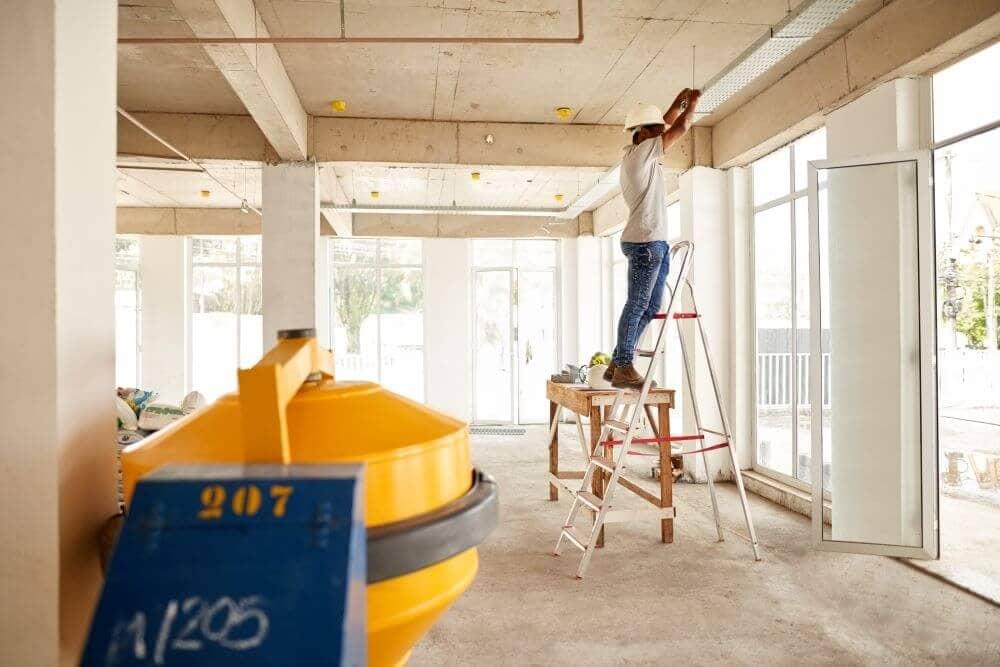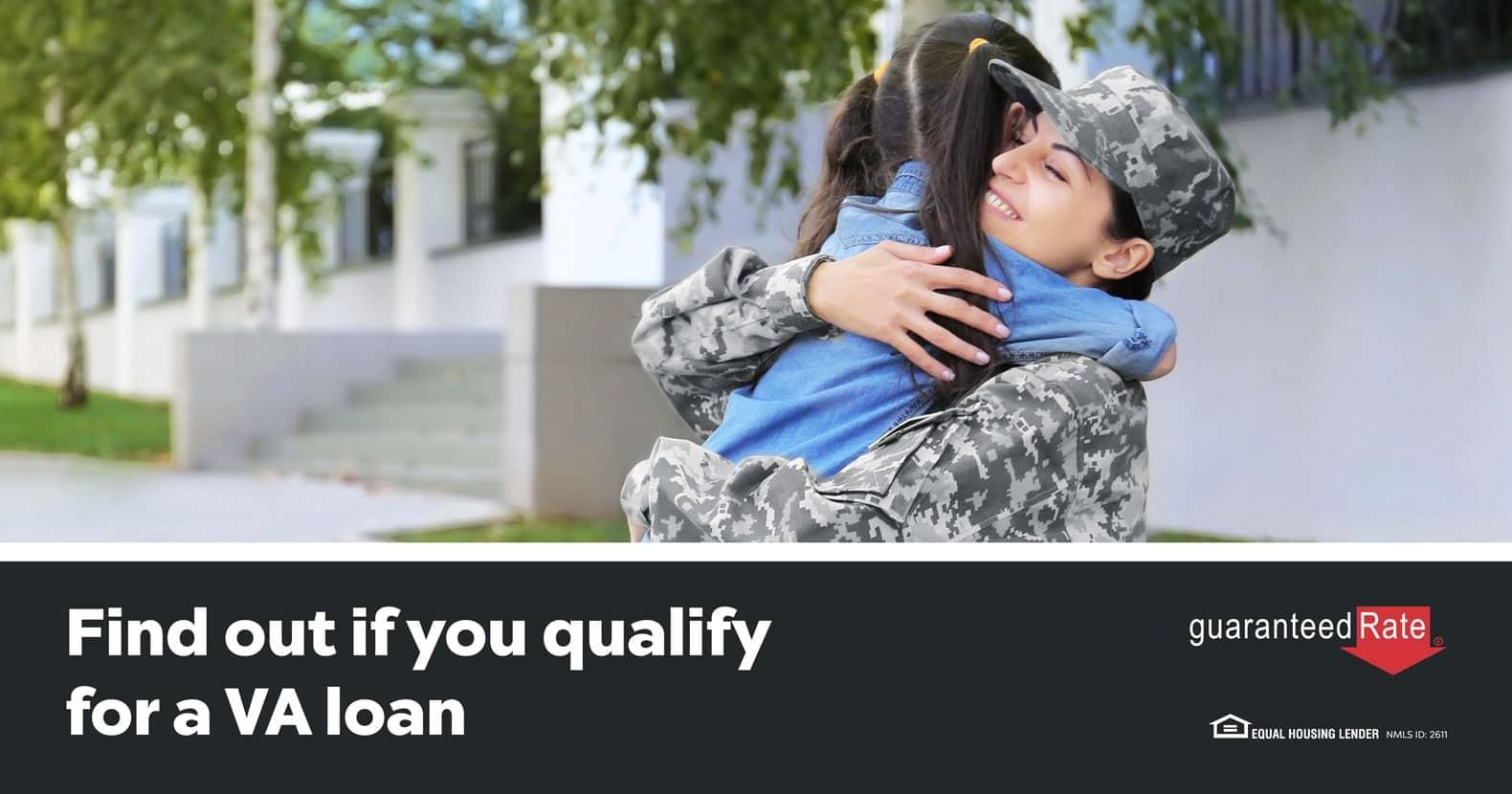How VA new construction loans work


The VA offers opportunities for active military members and veterans to become homeowners without some of the fees and financial burdens that come with conventional mortgages. But what about building a home from scratch?
Maybe you’ve searched the real estate market and can’t quite find the home of your dreams, or you already own a plot of land that you’d like to build on rather than buy an existing home. If you meet the requirements for a VA mortgage, you’ll have the option to fund a project like this through a VA construction loan.
While it is possible to build your new home through VA financing, construction loans typically come with a higher interest rate, strict requirements and short repayment timelines.
To alleviate some of the risk taken on by lenders, the VA insures a portion of the loan, helping pave the way for military members to obtain financing. However, some lenders might not offer VA construction loans given the level of uncertainty associated with building a home.
On a typical VA mortgage, the lender would place a lien on the property, which allows them to resell the home back on the market. When the home has yet to be built, the borrower can’t use it as collateral. Your lender, therefore, takes on considerably more risk by issuing a VA construction loan, so expect a higher degree of scrutiny than other types of financing.
Submitting construction plans
One of the first steps to securing a VA construction loan is hiring a reliable builder who is registered with the VA program. In addition, the builder will need to be approved via your lender’s internal process. Once you’ve found the right construction partners, it’s time to put together a plan.
A well-budgeted and thorough construction plan is essential for VA construction loan approval. In order for the loan to be approved, your builder and lender should establish communication early on in the preapproval and application process. This allows your builder to get a comprehensive understanding of approved materials, construction protocol and neighborhood restrictions.
Overlooking any of these regulations can reduce the appraised value of the property, or even stop construction in its path. Sticking to your plan and allowing for contingencies can be the difference between a completed home and an empty lot. Be sure to work closely with your builder to keep the project on schedule.
Scheduling a home appraisal
When construction is finally complete, you’ll need to schedule a VA home appraisal. An appraisal estimates the value of a home based on the property’s condition and the sales price of similar homes in the area. For VA construction loans, appraisers typically review the completed home and how closely it aligns with the original plans.
If you plan to secure a zero-down payment VA mortgage when you finally move in, your new home will have to meet the approved designs and stay in line with community building standards. Once the home is appraised, you’re ready to settle any closing costs.
Settling closing costs
Closing costs are the fees paid at the very end of the lending process to finalize the loan and commence the transfer of funds. These expenses usually include underwriting fees as well as the amount paid to any third-party service providers that were involved in the sale. On a typical VA mortgage, the full balance of the loan would be released to the seller once the closing costs are settled.
On a VA construction loan, however, funds aren’t released all at once. After settling closing costs, you’ll probably receive enough financing to complete the initial stages of building a home, as the remaining balance of the loan is transferred to an escrow account. As construction continues and established checkpoints are hit, withdrawals can be made from this account to finance the next stage of the project.

Repayment of VA construction loans
Unlike VA mortgages, which require monthly payments, construction loan payments are made at established points throughout the building process.
Most of these loans come with a one-year amortization schedule, and usually include contingencies that require the home to be built on time. For example, before the next stage of financing can be released to the builder, the previous construction checkpoints would have to be completed.
The short repayment timeline emphasises the importance of a solid construction timeline prior to starting the project. Keeping things on track not only gets your construction completed on time, but saves you thousands in added expenses if the building schedule needs to be changed.
Final VA inspection
When your new home is finally completed and appraised, it will still need to pass one last inspection. In order to officially close the loan, a representative from the VA will need to inspect the property and verify that the home’s construction lines up with the original plans.
Most borrowers who take out a VA construction loan will plan on securing a permanent mortgage on the property at the end of the building process. Once this final inspection is complete, you’ll have the option to refinance your construction loan into a permanent VA mortgage.
VA loan limitations
Before getting started on your home construction plan, you should be aware at some of the limitations that come with VA financing:
- Precludes the purchase of land
- Requires a VA funding fee
Borrowers can’t use VA to purchase land
If you don’t already own a plot of land for your new home, you won’t be able to secure one with VA financing.
VA loans cannot be used to purchase acreage, so you’ll only be able to take out a construction loan after you’ve purchased a piece of property. VA loans also can’t be used to demolish existing structures or clear out a plot of land where the borrower intends to build a home.
VA funding fee
Even though down payments are not required for VA loans, the mortgage still comes with an upfront expense. If you’re hoping to refinance your construction loan into a permanent VA mortgage, you’ll still have to pay a VA funding fee.
VA funding fees are paid to the U.S. Department of Veterans Affairs to supplement the overall cost of VA mortgages. As of 2021, a zero down payment VA loan for first-time applicants requires a funding fee of 2.3% of the home’s appraised value, according to VA.gov. This cost can either be settled at closing or folded into your monthly loan payments.
In conclusion
While it might be a challenging road to go down, VA construction loans can help you build your dream home from the ground up. Be sure to meet with multiple lenders for the best understanding of your borrowing limits and how you can get started on your mortgage application.
*Rate, Inc. is a private corporation organized under the laws of the State of Delaware. It has no affiliation with the US Department of Housing and Urban Development, the US Department of Veterans Affairs, the US Department of Agriculture or any other government agency.
Powered by Froala Editor




